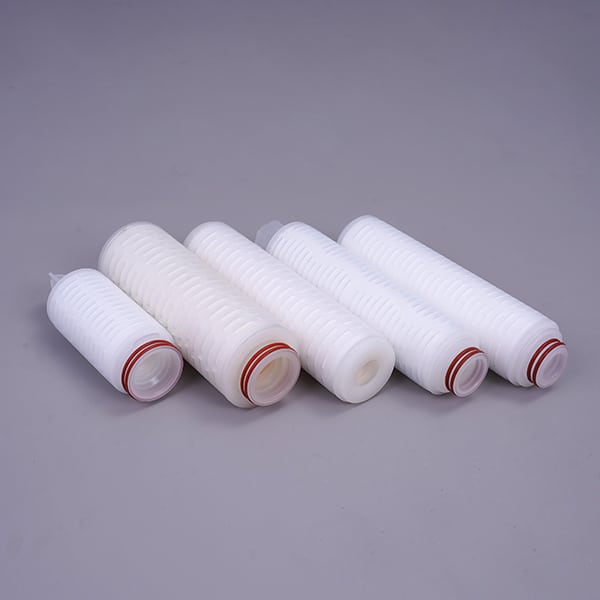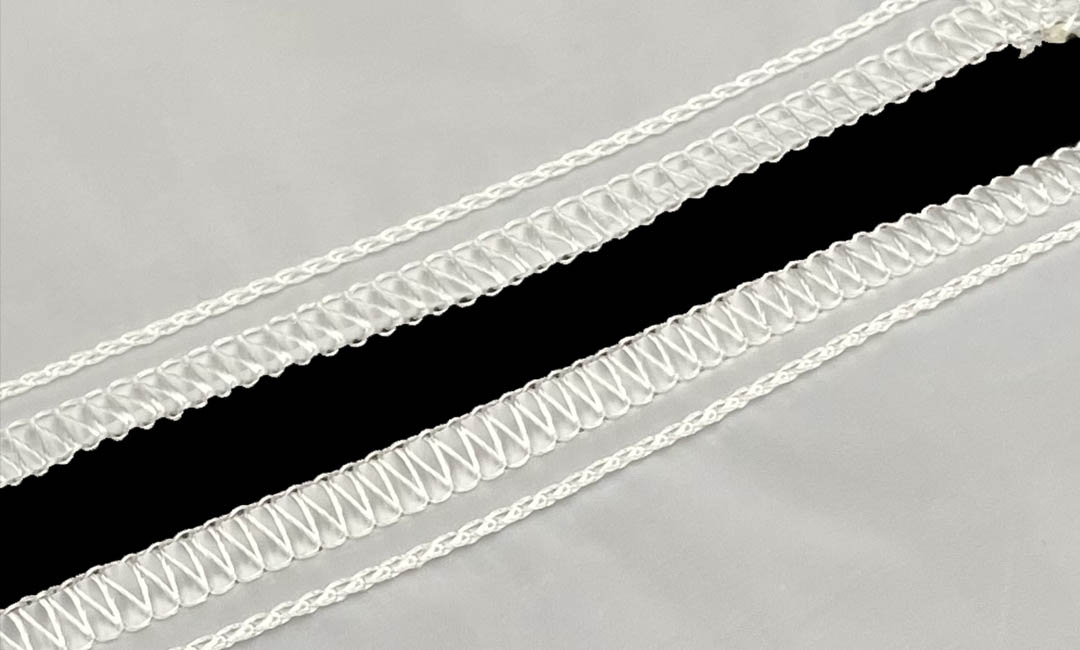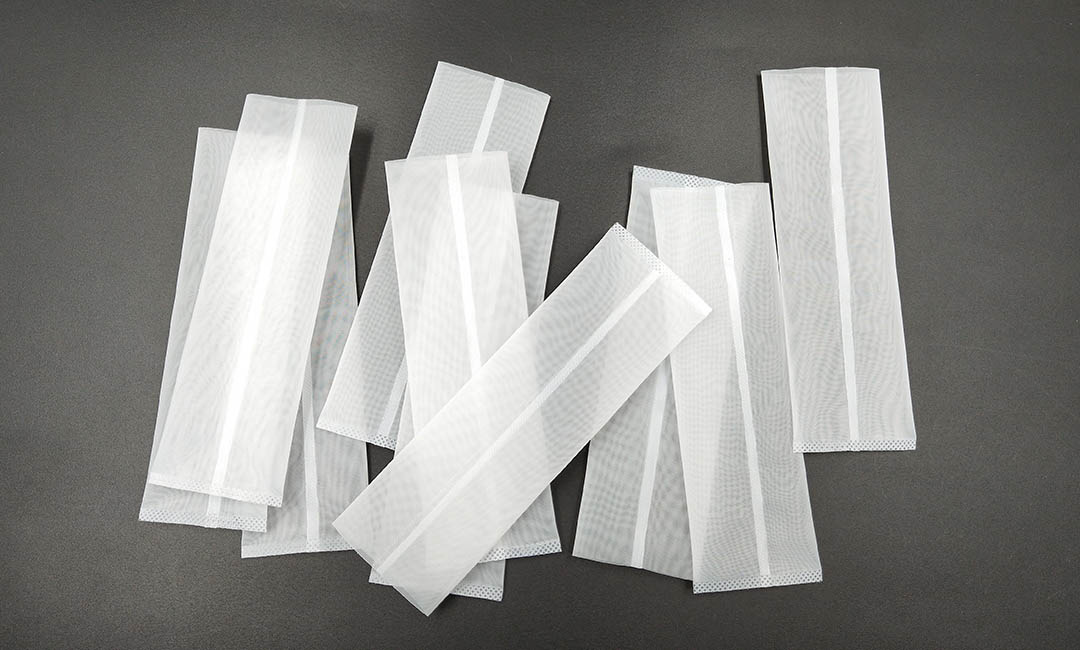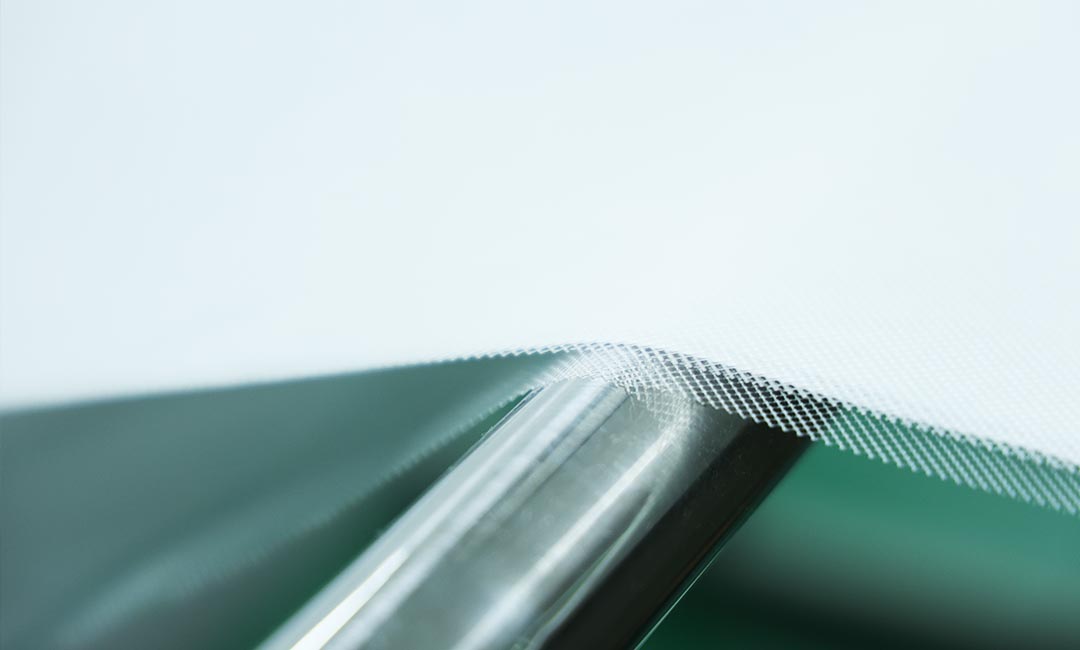
What Micron Bag Should You Use for Different Rosin Consistencies?
Fresh Pressed Rosin: Best Micron Bags for Maximum Yield
When it comes to pressing rosin, the type of micron bag you use can have a significant impact on the quality and yield of your final product. Micron bags are essential for containing the cannabis material during the pressing process, allowing the rosin to be extracted while keeping unwanted plant material out. However, not all micron bags are created equal, and choosing the right one for the consistency of your rosin is crucial for achieving the best results.
For fresh pressed rosin, it is important to use the correct micron bag to maximize yield and quality. The micron size refers to the size of the holes in the bag, which determines what size particles can pass through. Different consistencies of rosin require different micron bags to achieve optimal results.
For rosin with a more liquid consistency, such as sauce or live resin, a lower micron bag is recommended. A 25-micron bag is ideal for these types of rosin, as it allows for the extraction of the terpene-rich liquid without letting any plant material through. Using a lower micron bag for liquid rosin will result in a cleaner and more flavorful final product.
On the other hand, for rosin with a more solid consistency, such as shatter or wax, a higher micron bag is preferred. A 90-micron bag is typically used for these types of rosin, as it allows for the extraction of the thicker material while still keeping out any unwanted plant material. Using a higher micron bag for solid rosin will result in a smoother and more potent final product.
It is important to note that using the correct micron bag is not the only factor that affects the quality and yield of your rosin. The temperature and pressure at which you press the rosin, as well as the quality of the cannabis material used, also play a significant role in the final outcome. However, choosing the right micron bag for the consistency of your rosin is a crucial step in the pressing process that should not be overlooked.
In addition to choosing the correct micron bag for the consistency of your rosin, it is also important to consider the size of the bag. Using a bag that is too small can result in blowouts during the pressing process, while using a bag that is too large can lead to lower yields. It is recommended to use a bag that is slightly larger than the amount of cannabis material being pressed to ensure a proper seal and prevent blowouts.
Overall, selecting the right micron bag for the consistency of your rosin is essential for achieving the best results. Whether you are pressing liquid rosin or solid rosin, choosing the correct micron bag will help you maximize yield and quality. By taking the time to consider the consistency of your rosin and selecting the appropriate micron bag, you can ensure that you are getting the most out of your pressing process and producing top-quality rosin every time.
High-Quality Rosin: Choosing the Right Micron Bag for Clarity and Flavor
When it comes to making high-quality rosin, the type of micron bag you use can make a significant difference in the clarity and flavor of the final product. Micron bags are essential for filtering out plant material and contaminants, leaving you with a clean and potent rosin extract. However, not all micron bags are created equal, and choosing the right one for the consistency of your starting material is crucial for achieving the best results.
For those who are new to rosin pressing, it’s essential to understand that different rosin consistencies require different micron bags to achieve optimal results. The micron rating of a bag refers to the size of the pores in the fabric, with lower micron ratings indicating smaller pores and higher levels of filtration. The smaller the micron rating, the finer the material that can be filtered out, resulting in a cleaner and more potent rosin extract.
When pressing rosin from flower or trim with a higher moisture content, it’s best to use a lower micron bag, such as a 36 or 72-micron bag. These finer bags are ideal for capturing the smaller trichome heads and filtering out excess plant material, resulting in a more translucent and flavorful rosin extract. The lower micron rating helps to preserve the terpenes and cannabinoids present in the starting material, leading to a more aromatic and potent final product.
On the other hand, when pressing rosin from dry sift or kief with a lower moisture content, a higher micron bag, such as a 90 or 120-micron bag, may be more suitable. These larger micron bags allow for a faster flow rate of the rosin, preventing blowouts and ensuring a more efficient extraction process. While the higher micron rating may result in a slightly darker rosin extract, it can still retain a high level of potency and flavor when pressed correctly.
For those looking to achieve a balance between clarity and yield, a 90-micron bag is a popular choice for pressing rosin from a variety of starting materials. This mid-range micron bag offers a good compromise between filtration and flow rate, allowing for a clean and flavorful rosin extract without sacrificing too much yield. The 90-micron bag is versatile enough to be used with both high-moisture and low-moisture starting materials, making it a go-to option for many rosin enthusiasts.

In conclusion, choosing the right micron bag for different rosin consistencies is essential for producing high-quality extracts with optimal clarity and flavor. By understanding the relationship between micron ratings and filtration levels, you can select the appropriate bag for your specific starting material and desired outcome. Whether you prefer a fine and aromatic rosin extract or a more potent and efficient extraction process, there is a micron bag available to suit your needs. Experimenting with different micron bags and techniques can help you find the perfect balance between clarity, flavor, and yield in your rosin pressing endeavors.
Rosin with Plant Material: Using Micron Bags to Filter Out Impurities
When it comes to making rosin with plant material, using micron bags is essential to filter out impurities and achieve the desired consistency. Micron bags are made of nylon mesh and come in various sizes, typically ranging from 25 to 220 microns. The size of the micron bag you choose will depend on the consistency of the rosin you want to achieve.
For plant material with a finer consistency, such as kief or dry sift, a lower micron bag is recommended. A 25-micron bag is ideal for capturing the smallest particles and producing a high-quality, fine rosin. This micron size is perfect for extracting the terpenes and cannabinoids from the plant material while filtering out any impurities.
If you are working with plant material that has a coarser consistency, such as flower or trim, a higher micron bag is more suitable. A 90-micron bag is commonly used for this type of material, as it allows for a good balance between yield and quality. The larger mesh size of the bag will still capture the trichomes and essential oils while allowing for a higher yield of rosin.
For plant material with a very coarse consistency, such as stems or seeds, a 160-micron bag is recommended. This size will filter out the larger particles while still allowing for some extraction of the essential oils and cannabinoids. While the quality of the rosin may not be as high as with finer material, using a micron bag will still help to remove impurities and produce a usable product.
It is important to note that the size of the micron bag is not the only factor that will affect the quality and consistency of the rosin. The temperature and pressure used during the extraction process will also play a significant role in determining the final product. It is essential to experiment with different combinations of micron bags, temperatures, and pressures to find the perfect balance for your desired outcome.
When using micron bags to make rosin with plant material, it is crucial to ensure that the bags are properly packed and secured to prevent any leakage or blowouts during the extraction process. Overfilling the bags can lead to a decrease in yield and quality, so it is important to use the appropriate amount of material for the size of the bag.

In conclusion, choosing the right micron bag for different rosin consistencies is essential for producing high-quality, pure rosin. By selecting the appropriate size bag for the type of plant material you are working with, you can achieve the desired consistency and quality in your final product. Experimenting with different micron sizes, temperatures, and pressures will help you find the perfect combination for your specific needs. With the right tools and techniques, you can create top-quality rosin that is free of impurities and full of flavor and potency.
Cold Cure Rosin: Selecting Micron Bags for Consistent Texture and Potency
When it comes to making rosin, the type of micron bag you use can have a significant impact on the final product. Micron bags are used to filter out plant material and other impurities, resulting in a cleaner and more potent rosin. The size of the micron bag you choose will depend on the consistency of the rosin you are trying to achieve. In this article, we will discuss the different micron bags available and which ones are best suited for cold cure rosin.
Cold cure rosin is a popular form of rosin that is known for its smooth texture and potent effects. To achieve the desired consistency and potency, it is important to use the right micron bag. The most common micron bags used for cold cure rosin are 25, 37, and 45 microns. Each of these bags has its own unique characteristics that make them suitable for different types of rosin.
The 25-micron bag is the finest of the three and is ideal for producing a smooth and creamy cold cure rosin. This bag is best suited for strains that have a high resin content and produce a lot of terpenes. The 25-micron bag will filter out the plant material and impurities, leaving you with a clean and potent rosin that is perfect for dabbing.
The 37-micron bag is slightly coarser than the 25-micron bag and is best suited for strains that have a medium resin content. This bag will still produce a smooth and creamy cold cure rosin, but it may have a slightly different texture than rosin made with a 25-micron bag. The 37-micron bag is a good choice for those looking for a balance between potency and texture.
The 45-micron bag is the coarsest of the three and is best suited for strains that have a lower resin content. This bag will produce a slightly grainier cold cure rosin, but it will still be potent and flavorful. The 45-micron bag is a good choice for those looking for a more textured rosin that still packs a punch.
When selecting a micron bag for cold cure rosin, it is important to consider the strain you are using and the consistency you are trying to achieve. If you are unsure which micron bag to use, it is always best to start with a finer bag and work your way up to a coarser one if needed. Experimenting with different micron bags will help you find the perfect balance of texture and potency for your cold cure rosin.
In conclusion, selecting the right micron bag is essential for producing high-quality cold cure rosin. The 25, 37, and 45-micron bags each have their own unique characteristics that make them suitable for different types of rosin. By experimenting with different micron bags, you can find the perfect balance of texture and potency for your cold cure rosin.


